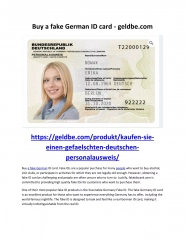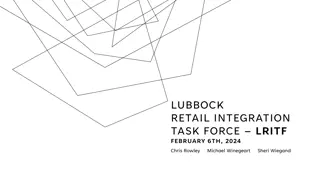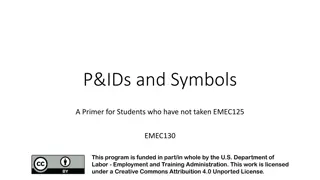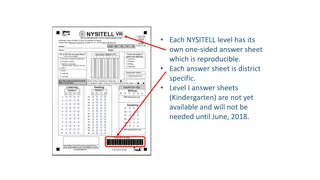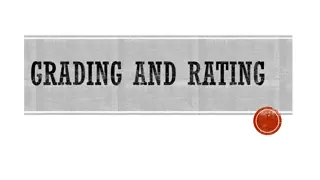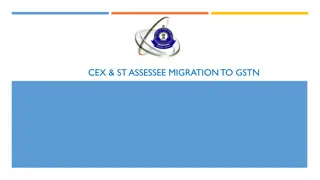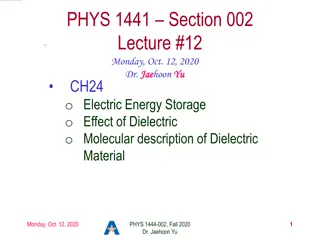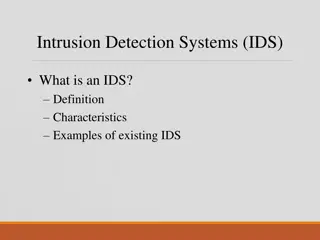
Understanding Vector Mathematics: Concepts and Operations
Explore the world of vectors, a quantity defined by both magnitude and direction. Learn about vector quantities, diagrams, addition, resultant vectors, relative velocity, and vector multiplication using scalar and dot products. Dive into geometric interpretations and applications of vector mathematics.
Download Presentation

Please find below an Image/Link to download the presentation.
The content on the website is provided AS IS for your information and personal use only. It may not be sold, licensed, or shared on other websites without obtaining consent from the author. If you encounter any issues during the download, it is possible that the publisher has removed the file from their server.
You are allowed to download the files provided on this website for personal or commercial use, subject to the condition that they are used lawfully. All files are the property of their respective owners.
The content on the website is provided AS IS for your information and personal use only. It may not be sold, licensed, or shared on other websites without obtaining consent from the author.
E N D
Presentation Transcript
Vector Created by: Tri Nugraha A, ST., MT.
What is Vector? Vector is a quantity that is fully described by its magnitude and direction
Examples of Vector Quantities Displacement Velocity Acceleration Force
Resultant Vector (1) Phytagorean Theorem
Resultant Vector (2) Trigonometry
Vector Multiplication (1) Vector Scalar Multiplication a(A + B) = a A + a B
Vector Multiplication (2) Dot Product Geometrically, the dot product of two vectors is the magnitude of one times the projection of the other along the first A B = AB cos
Vector Multiplication (3) A B = Ax Bx + Ax By + Ax Bzk + Ay Bx + Ay By + Ay Bzk + Bx + By + Azk Azk Azk Bzk A B = AxBx+ AyBy+ AzBz
Vector Multiplication (4) Cross Product Geometrically, the cross product of two vectors s the area of the parallelogram between them A B = AB sin n A (B + C) = (A B) + (A C)
Vector Multiplication (5) A B = Ax Bx + Ax By + Ax Bzk + Ay Bx + Ay By + Ay Bzk + Azk Bx + Azk By + Azk Bzk A B = (AyBz AzBy) + (AzBx AxBz) + (AxBy AyBx) k
Vector Multiplication (6) k A B = Ax Bx Ay By Az Bz Ay By Az Bz Ax Bx Az Bz Ax Bx Ay By A B = + + k A B = (AyBz AzBy) + (AzBx AxBz) + (AxBy AyBx) k
Exercise A student drives his car 6.0 km, North before making a right hand turn and driving 6.0 km to the East. Finally, the student makes a left hand turn and travels another 2.0 km to the north. What is the magnitude of the overall displacement of the student?
Exercise Max plays middle linebacker for South's football team. During one play in last Friday night's game against New Greer Academy, he made the following movements after the ball was snapped on third down. First, he back-pedaled in the southern direction for 2.6 meters. He then shuffled to his left (west) for a distance of 2.2 meters. Finally, he made a half-turn and ran downfield a distance of 4.8 meters in a direction of 240 counter-clockwise from east (30 W of S) before finally knocking the wind out of New Greer's wide receiver. Determine the magnitude and direction of Max's overall displacement.
Exercise A motorboat traveling 4 m/s, East encounters a current traveling 3.0 m/s, North. What is the resultant velocity of the motorboat? If the width of the river is 80 meters wide, then how much time does it take the boat to travel shore to shore? What distance downstream does the boat reach the opposite shore? a. b. c.


